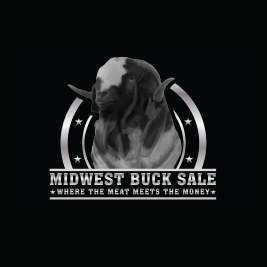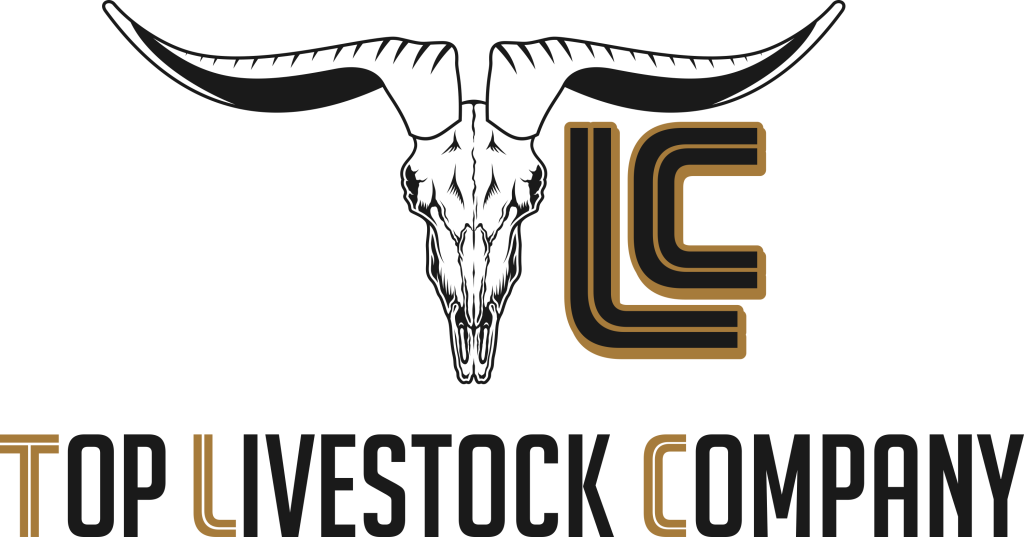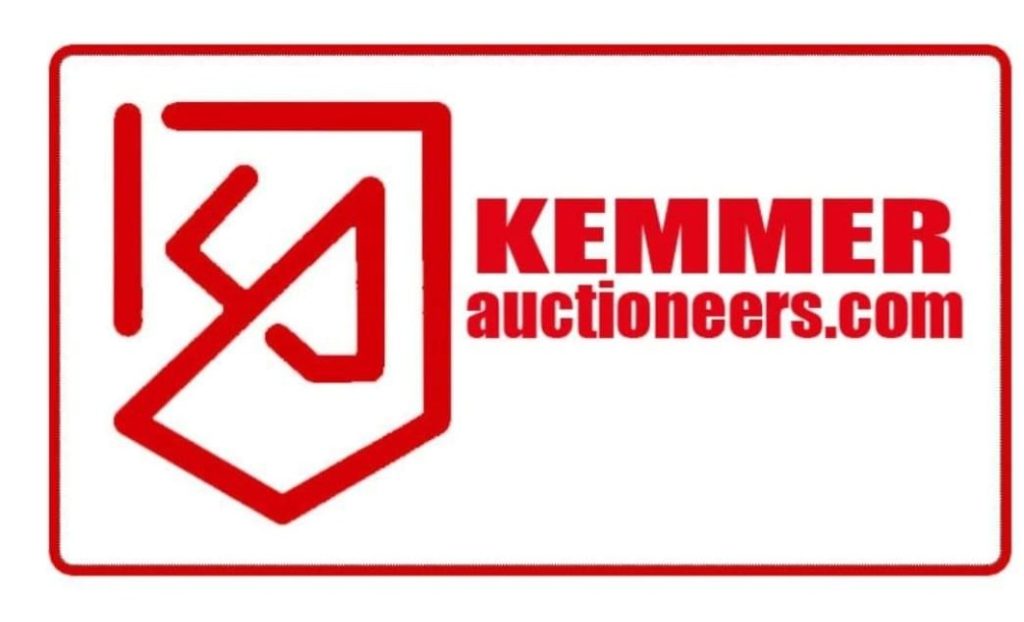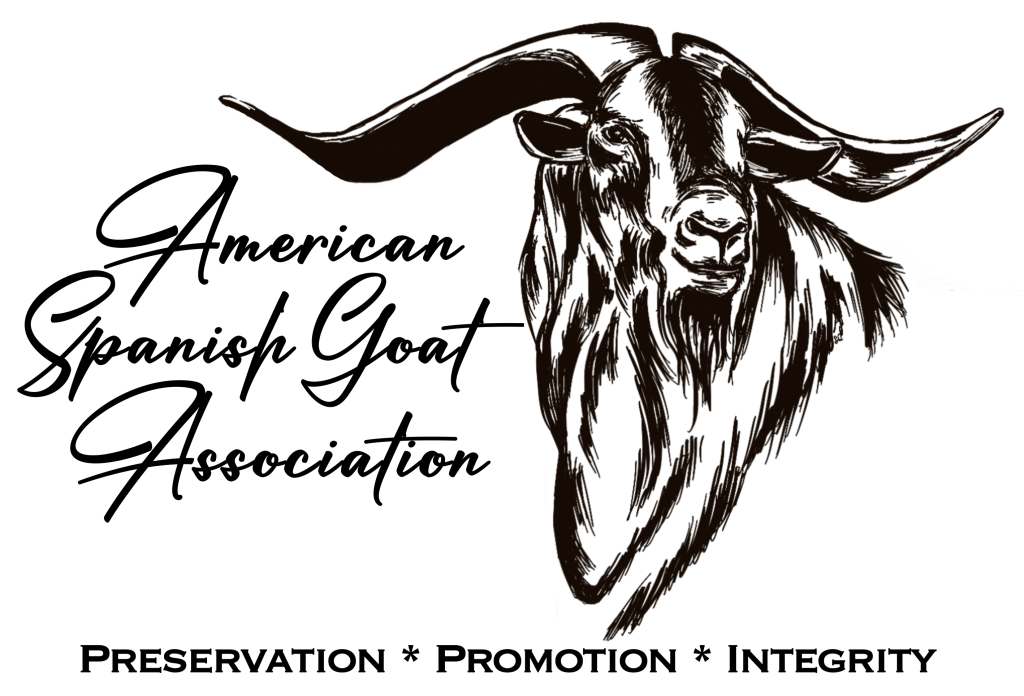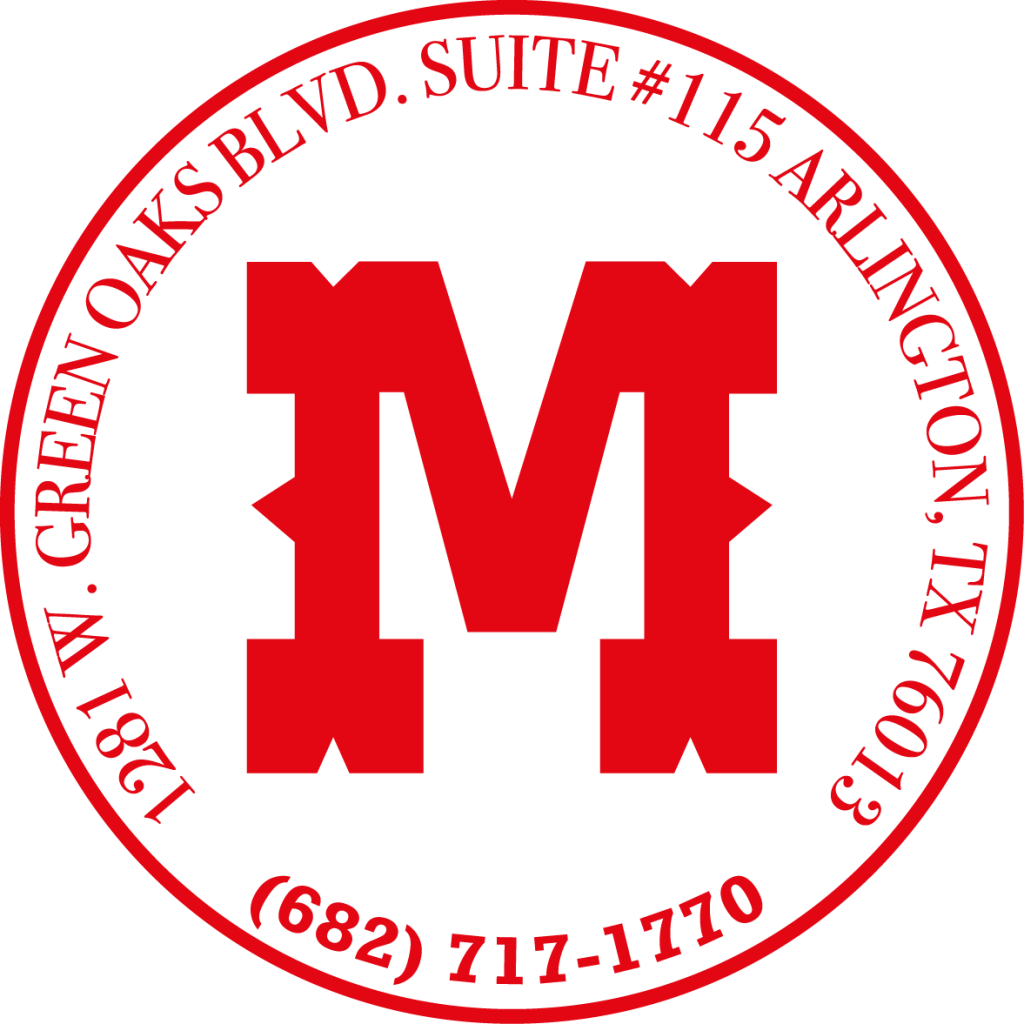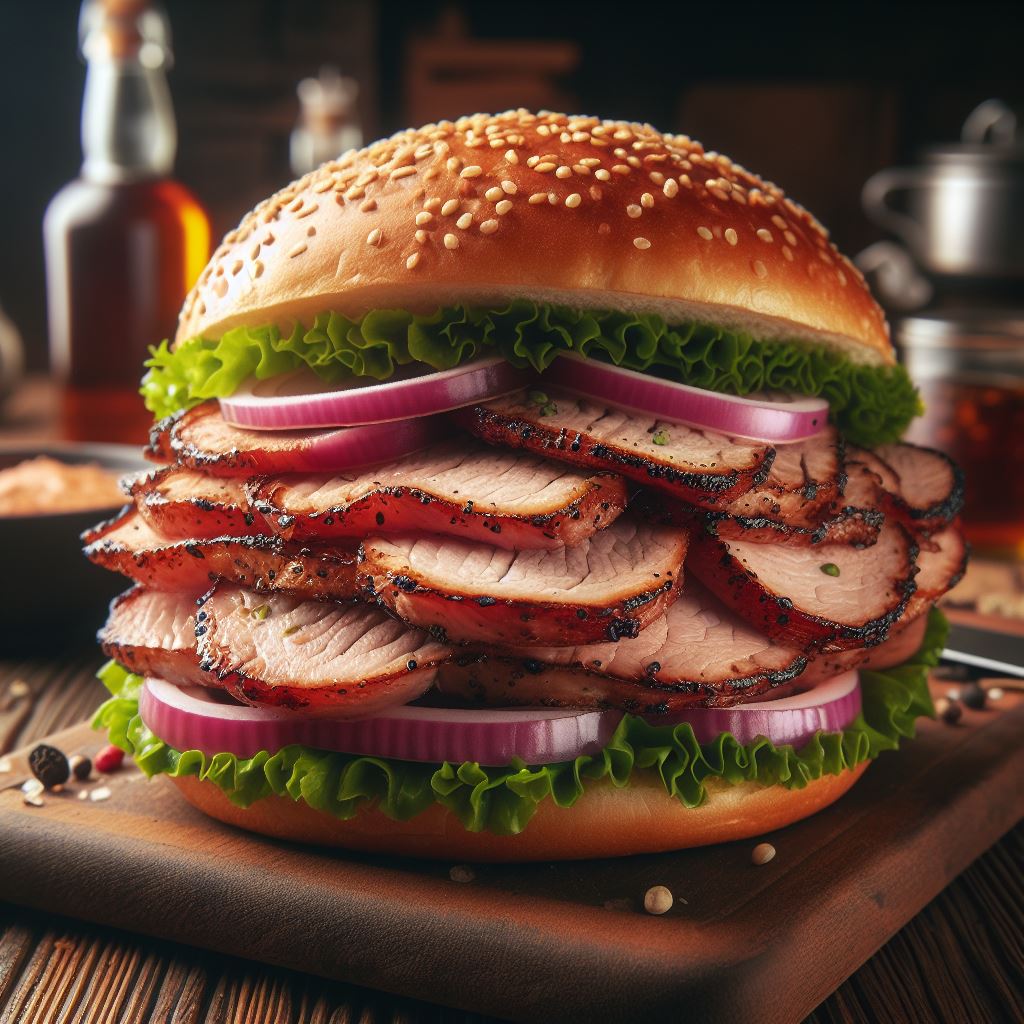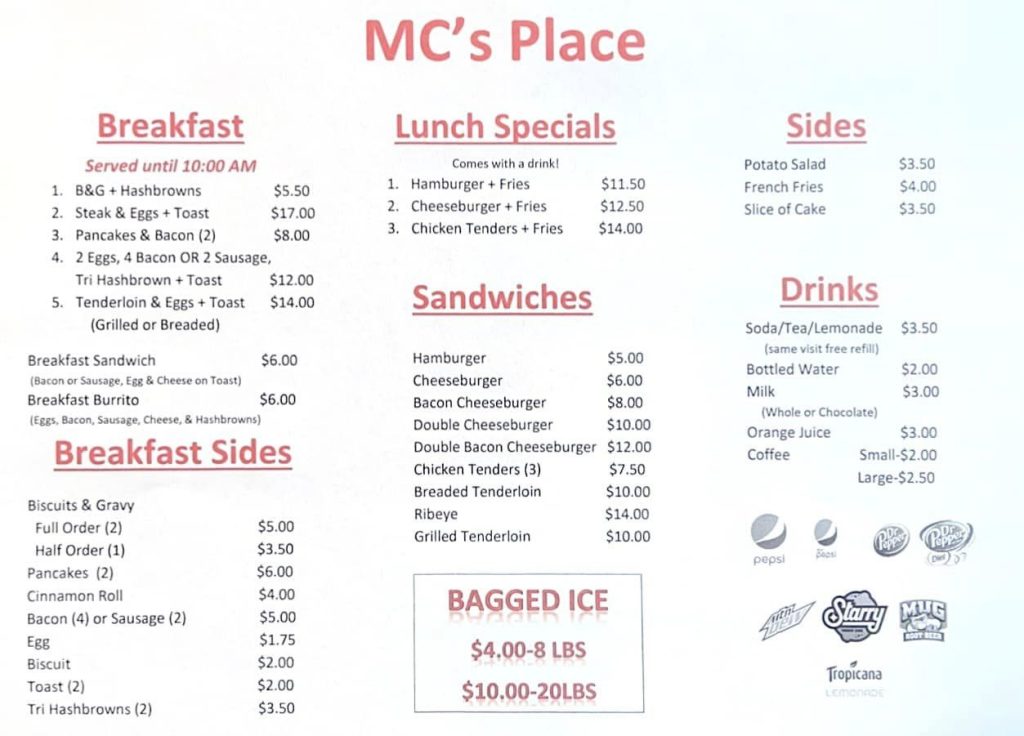The American Breed
Sanctioned Myotonic Show.
The Show Me Classic Myotonic Show
May 31, 5:00 pm
June 1, 8:00 am, second show following a 1/2 hour break.
Contact Angie Rogers and Diane Ware for more information about their Show Me Classic trifecta of Myotonic Shows at the Missouri State Fairgrounds, May 31 & June 1, 2024. FreedomFainters@gmail.com
The Show Me Classic is the Sponsor for the Wether-Rama and Anything Does Shows in 2024! Thank you so much for the donation and support of our youth program shows!


Written by Angie Roger of Freedom Fainter 365
Myotonic goats are one of the few goats native to North America. Records traced back as early as the 1880’s indicate a man by the name of John Tinsley brought 4 unusual goats with him to central Tennessee from Nova Scotia. These goats demonstrated a stiffness to them when walking or startled, which earned them several nicknames: nervous goats, wooden-leg goats, scare goats, Tennessee fainting goats, Tennessee meat goats and stiff leg goats. While myotonic goats do not actually faint cognitively, they do have a muscular condition called myotonia congenita. This condition causes their muscles to lock or tense up, which can cause the goats to fall over at times. It is this condition, which works/builds the muscles, that makes them an excellent meat goat candidate for farms. Dr. Phillip Sponenberg, who has completed research over the breed, states, “We know from related conditions in people, dogs, and other animals that the condition itself is painless. In goats, it actually has some advantages. These goats were long valued in their original Tennessee homeland because they are easy to fence in. They cannot climb or jump, which makes them much easier to manage and contain than other goats.”
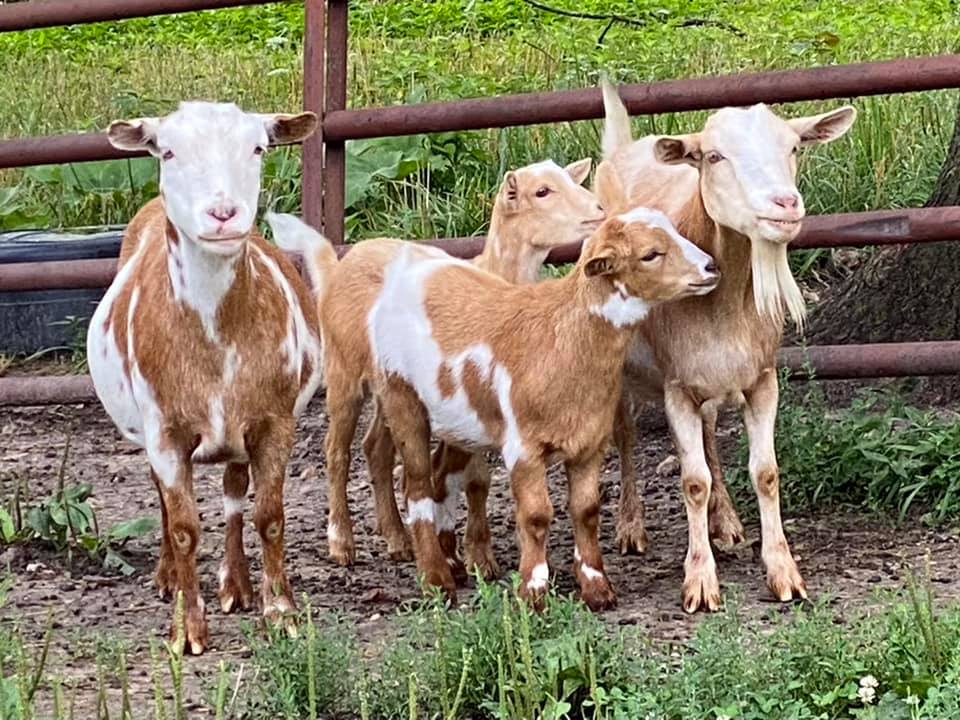
As the myotonic goat gradually grew in popularity, so did their use. This particular breed is used for the following purposes: meat, brush control, breeding, exhibition, therapy animals and pets. At times, they were used as “decoys” to protect other livestock from predators. By the 1950’s, some myotonic goats were taken to the hill country of central Texas. The focus on this particular group was primarily for meat purposes. Regardless of whether you own a Tennessee, Texas or the newer “mini” myotonics, their lines can all be traced back to the original group brought into central Tennessee.
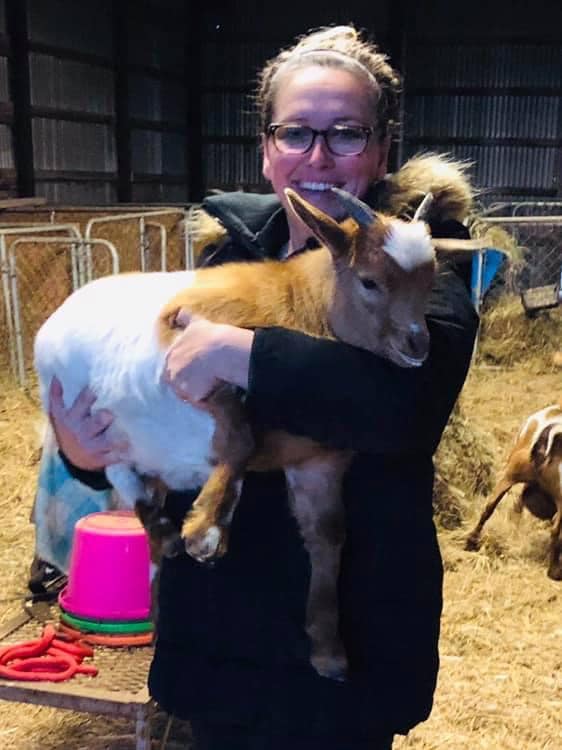
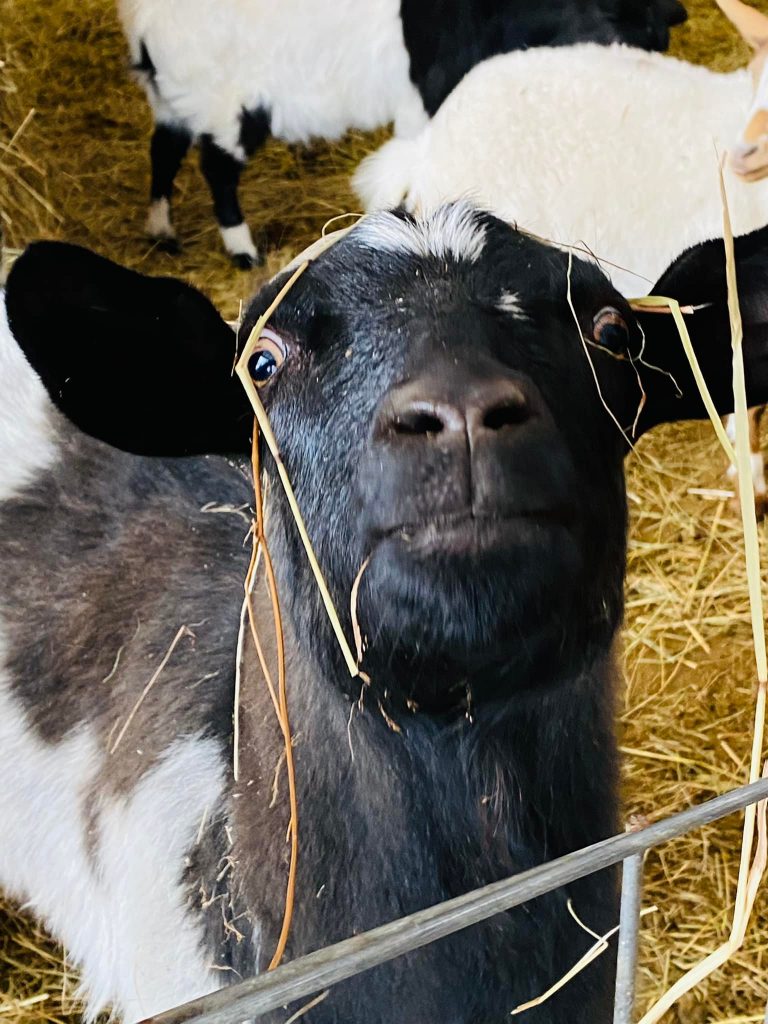
Because at one point in time this breed was placed on the Livestock Conservacy’s “threatened” list, it is important to understand what is considered breed character and support the longevity of sustaining this uniquely American breed. The following information over myotonic breed characteristics is pulled from the Myotonic Goat Registry breed description page:
- HEAD – The head is medium length with a broad muzzle rather than a fine, snipe-like muzzle. Jaws are full and well formed, and have an even bite (neither overshot nor undershot). The head is broad, and the eye orbits are prominent, especially from above. The eye orbits protrude outward further than in other breeds, giving the head a distinctive appearance with the eyes prominent and obvious. This is more pronounced on most Tennessee goats than it is in many Texas goats, but is present in both. An obvious stop is present at the level of the eyes, separating the head from the facial region. The profile of the facial region is usually straight, or rarely slightly convex. The ears are moderately sized, and most are held horizontally or somewhat forward toward the face. The ears typically have a wave or ripple halfway down the length along the front edge of the ear. Horned and polled animals are both typical. Horns are usually well developed and large, and should have at least and inch or two of separation between them.
- COAT – Coat length varies from quite short and smooth to very long and shaggy. The long, shaggy coats can be long enough to drag the ground in older goats, but never have any tendency to ringlet or lock formation as is present in Angora goats. The hair on shaggy goats is always straight and coarse. Both extremely short and extremely shaggy goats, and all of the range between, are present in purebred Myotonic goats. Many goats grow abundant cashmere in the winter. Presence of beards is variable, with many females lacking them but nearly all males having them. No coat type is to be preferred over another, with the exception that long coats with ringlet or lock formation are unacceptable.
- COLOR – All colors are acceptable, all combinations, and all patterns or markings.
- STIFFNESS – The stiffness of these goats relates to their myotonia congenita, which is an essential portion of the breed type. The various levels of stiffness are arbitrary, but a general guide is useful for breeders.
- 1. Never observed to stiffen, but other type traits are consistent as is pedigree.
- 2. Very rarely stiffens, never falls.
- 3. Stiffens only occasionally, and rarely falls.
- 4. Walks normally with no swivel. The rear limbs lock up readily, the forelimbs less so, and goats with this degree of stiffness rarely fall to the ground.
- 5. Animal walks relatively normally, although somewhat stiff in rear and with a swivel at the hip. Readily stiffens when startled or stepping over a barrier.
- 6. Animal always moves stiffly to some degree, and readily becomes “locked up” when startled or stepping over a low barrier.
- BODY CONFORMATIONAL TRAITS
- NECK – Neck should be well- muscled and moderate in length. It should appear more round and full than dairy breeds. Female necks are more slender and feminine, with males being more massive and masculine. The neck skin on many males is thick and wrinkled. Some Tennessee lines carry the neck horizontally and so the head is carried lower than on some Texas lines.
- FORELIMB AND CHEST – Forelimb should be reasonably muscular, well-angulated from the side, and tightly attached to the body with no tendency toward a loose top attachment (mutton withered). Point of shoulder should be somewhat behind the most anterior portion of the sternum. Legs, from the front view, should be straight from the shoulder down. From the side view the shoulder and elbow should be well-angulated (not too straight), and the forelimb from elbow to fetlock should be straight (neither back nor over at the knees). The pasterns should be short, strong, and have a moderate angle. Joints should be broad without coarseness. Legs should be sound and serviceable, showing good bone density, being neither coarse nor delicate. Relatively heavy bone is typical. The chest should be moderately broad.
- BACK AND BARREL – Back should be strong and level, broad and well-muscled. Many goats rise slightly toward the pelvis. Ribs should be well sprung, providing for large capacity in chest and abdomen. The body should be deep and full.
- RUMP – Rump should be moderately angled from the side view, from back to tail, moderately broad and long. Tail is symmetrical, and narrows to tip. The tail is usually carried up over back.
- REAR LIMBS – The rear limbs should have good angles from the side, with no tendency toward excessive straightness (postiness). They are moderately short, in keeping with the overall stockiness of the breed. A perpendicular line from the pin bones should fall right behind the cannon, which should be straight. From the rear the legs should be set moderately wide apart, and should be reasonably straight with little tendency to be cow hocked. Muscling should be heavy, and bone should be proportional.
- FEET – Feet should be proportional to the goat, and large enough to carry the goat effectively. Feet should be symmetrical and sound. The claws of the foot should be symmetrical and should be parallel to one another. The pasterns should be short and with moderate angle from the cannon.
- SKIN – Skin should appear clean, resilient, with a clean, shiny coat.
- SEX CHARACTERISTICS – In addition to specific sex characteristics, outlined below, correct overall type for each sex should be present in all systems. Does should be feminine, and bucks masculine. In general does should be finer without being delicate, and bucks should be more robust without being coarse. Head and neck are useful for evaluating sex character. Does have less massive heads, and thinner, more delicate horns. They also have thinner necks than males, although in this context “thin” and “shallow” are different since “shallow” or ewe-necks are a fault. Bucks have more thickly made heads. This is especially true of the horns on horned animals, which are generally thick, long, and in most cases also have an outward flare. Bucks have thick, deep necks, and generally also have more thickness throughout the remaining body than do does. This is noted especially in the bone structure, which is heavier on bucks than does. Hair coat is also generally longer, coarser, and thicker on bucks than on does.
- UDDER – High and tightly attached, with no tendency to be pendulous. Halves evenly balanced, with no lumps or scar tissue. Udder should feel pliable but firm, and smooth. Teats should be uniform and not bulbous nor pendulous, and generally moderate to small in size. Teats should only be two, although variations not leading to functional problems are faults rather than disqualifications.
- MALE REPRODUCTIVE ORGANS – There should be two testes that are symmetrical, fully descended, and with good tone. There should be no lumps in testis or epididymis. Teats should be symmetrical, nonfuctional, and there should only be two. The scrotum should not have a midline split over an inch deep.
- FEMALE REPRODUCTIVE ORGANS – The vulva should be normal, and a normal distance from the anus.
- REPRODUCTIVE FUNCTION/RAISING OF KIDS – Reproductive function cannot be measured by conformation, but is an essential component of productivity. Both bucks and does should ideally reproduce year-round. Does should produce multiple kids and raise them unassisted. First time kiddings are commonly of one kid, and not to be penalized.
- GROWTH RATES – These are historically slow to moderate growing goats, although selection within the production end of the breed is favoring more rapid growth rate. To some extent, growth rate is related to final mature size.
- Angie Rogers
- Freedom Fainters 365
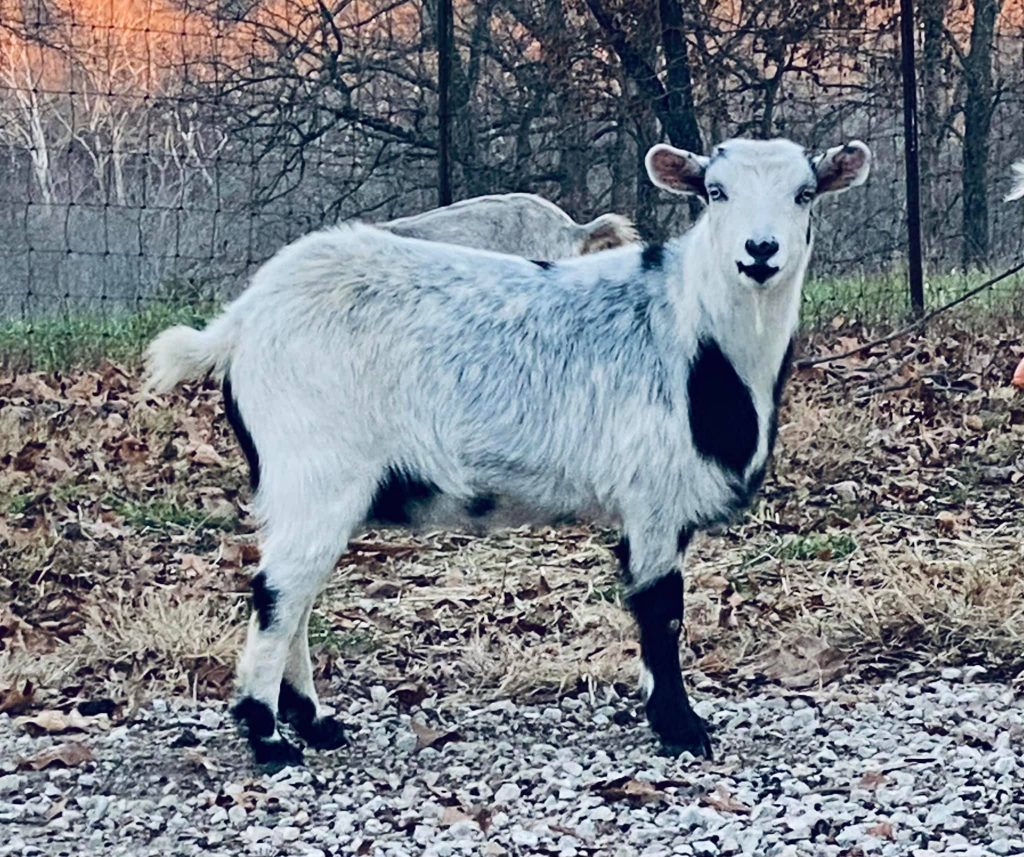

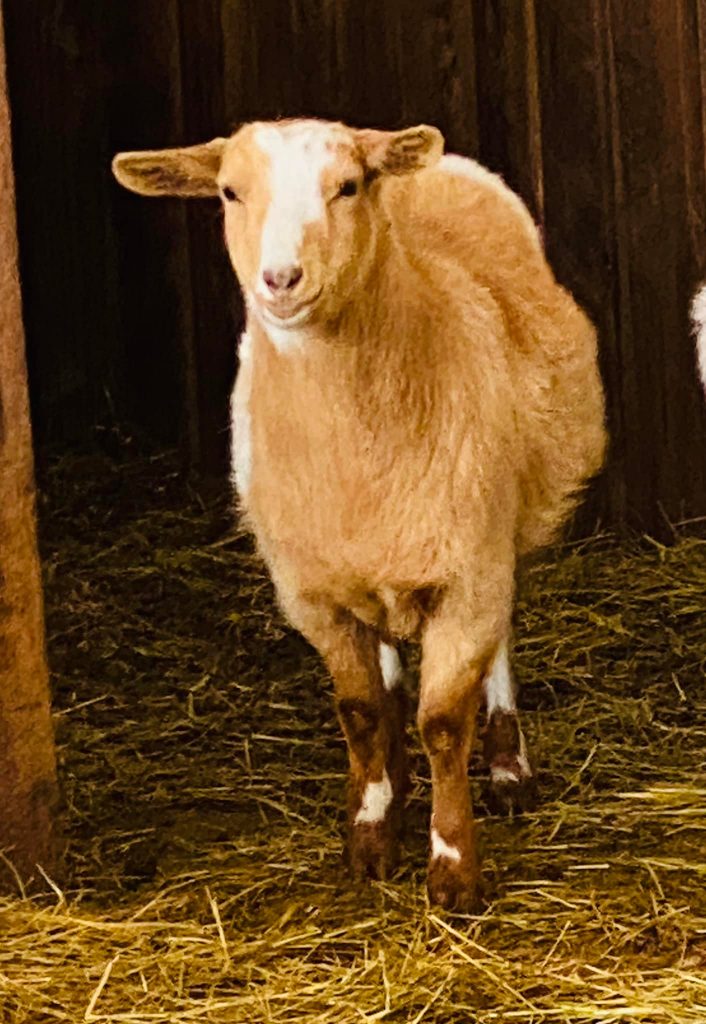
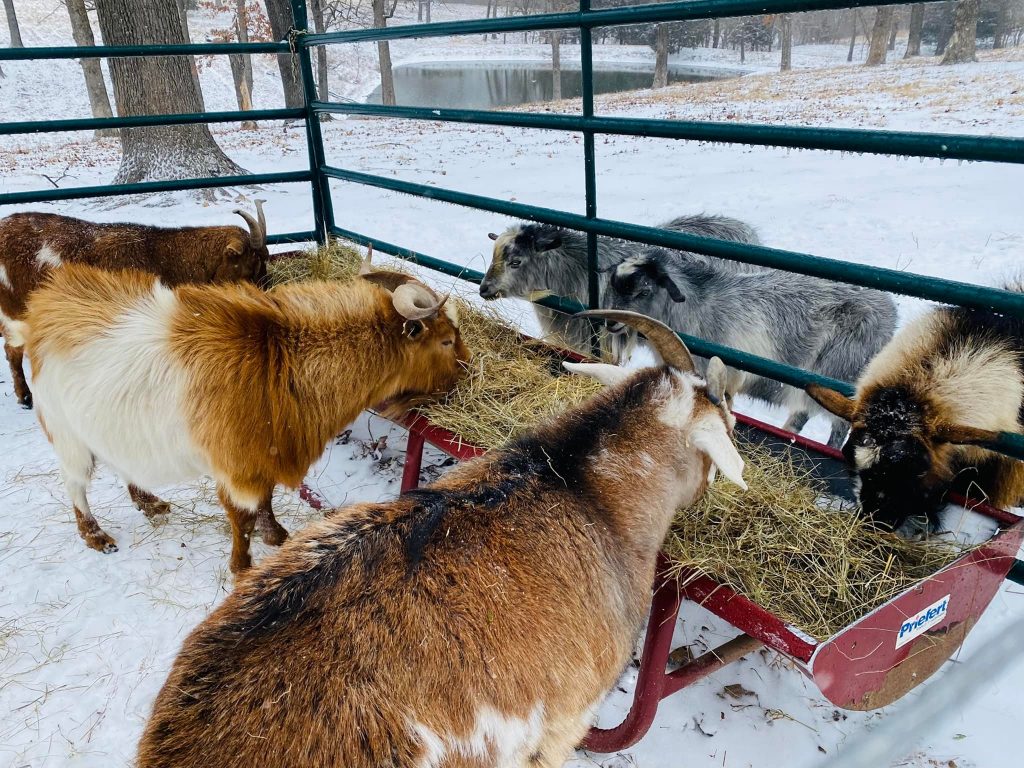
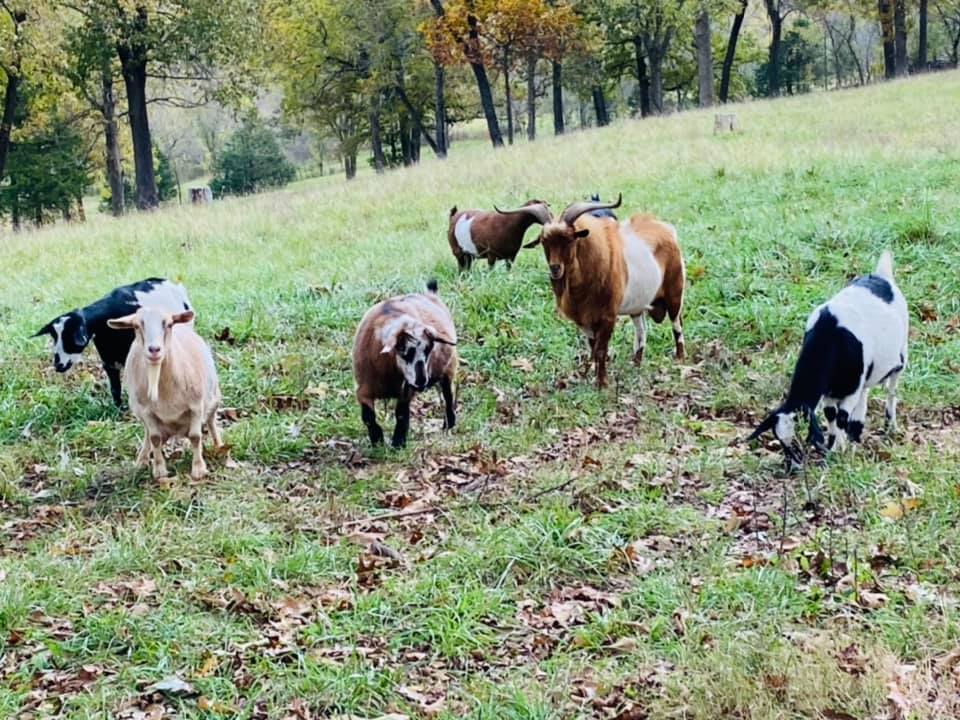
All Rights Reserved, Midwest Buck Sale, 2018-2024

